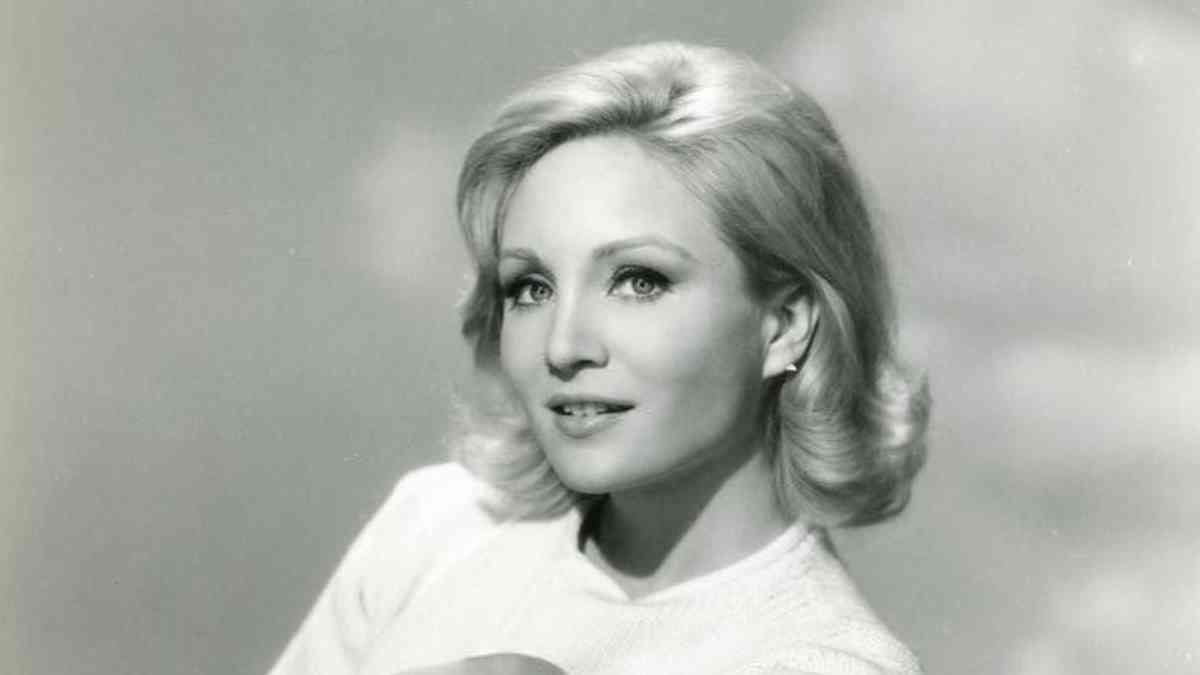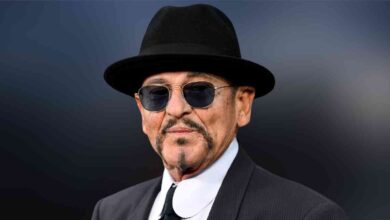Susan Oliver: Hollywood’s Iconic Star and Aviation Pioneer
The Inspiring Journey of an Iconic Actress, Director, and Aviator

Susan Oliver was more than just a face on the silver screen; she was a woman of many talents who left her mark in the entertainment industry and the world of aviation. Known for her striking beauty and captivating performances, Oliver’s journey is a tale of resilience, ambition, and groundbreaking achievements.
This article explores the fascinating life of Susan Oliver, delving into her Hollywood stardom, pioneering aviation feats, and lasting legacy.
Early Life and Beginnings
Born Charlotte Gercke on February 13, 1932, in New York City, Susan Oliver displayed an early interest in the arts. Her passion for acting blossomed during her teenage years, leading her to study drama in college. She adopted the stage name Susan Oliver as she embarked on her acting career, a name that would soon become synonymous with talent and versatility.
Rise to Stardom in Hollywood
Susan Oliver’s Hollywood career began in the 1950s, a golden era for television and cinema. Her early appearances in live drama productions like “Goodyear TV Playhouse” showcased her acting prowess.
Her big break came with the 1957 drama The Green-Eyed Blonde, where she played the titular role. This launched her into stardom and opened doors to numerous guest roles in popular TV shows, including:
- “Father Knows Best”
- “Bonanza”
- “Wagon Train”
However, it was her role in the original Star Trek pilot episode, The Cage, that immortalized her as an enduring figure in pop culture. Playing Vina, an “Orion slave girl,” she mesmerized audiences with her unique portrayal. The image of her green-painted character remains iconic in the Star Trek universe.
A Pioneering Spirit in Aviation
Beyond her Hollywood success, Susan Oliver had an adventurous spirit that led her to aviation. In the 1960s, she took flying lessons and quickly became a skilled pilot. In 1967, she made headlines by becoming the second woman to pilot a single-engine aircraft solo from New York to Europe, landing in Copenhagen.
Her aviation feats were groundbreaking in an era when female pilots were rare. Oliver documented her experiences in her 1983 autobiography Odyssey, inspiring countless women to pursue their dreams fearlessly.
Challenges and Triumphs
Susan Oliver’s journey was not without challenges. Balancing her Hollywood career with her passion for aviation required immense dedication and resilience. Additionally, she faced the societal constraints of her time, where women were often discouraged from pursuing non-traditional roles.
Despite these hurdles, Oliver broke barriers in both fields, earning an Emmy nomination for her portrayal of aviator Neta Snook in Amelia Earhart and becoming an inspiration for women in aviation.
Directing and Later Career
In the 1970s and 1980s, Susan Oliver expanded her horizons by stepping behind the camera. She directed episodes for hit TV shows like “MAS*H” and “Trapper John, M.D.”, proving her versatility in the entertainment industry.
Her later acting roles included appearances in “Murder, She Wrote” and “Simon & Simon”, where her performances continued to captivate audiences.
A Legacy That Lives On
Susan Oliver passed away on May 10, 1990, due to lung cancer. Her untimely demise at the age of 58 cut short a life filled with remarkable achievements. However, her legacy endures, both in Hollywood and the aviation community.
Her life story was celebrated in the 2014 documentary The Green Girl, which shed light on her multifaceted career and trailblazing spirit.
Conclusion
Susan Oliver was a woman ahead of her time. She broke stereotypes and proved that women could excel in multiple fields, from acting to directing to aviation. Her determination, talent, and pioneering spirit continue to inspire generations.
Whether on the screen or in the skies, Susan Oliver’s life was a testament to the power of pursuing one’s passions relentlessly. She remains a shining example of what it means to be a true trailblazer.



